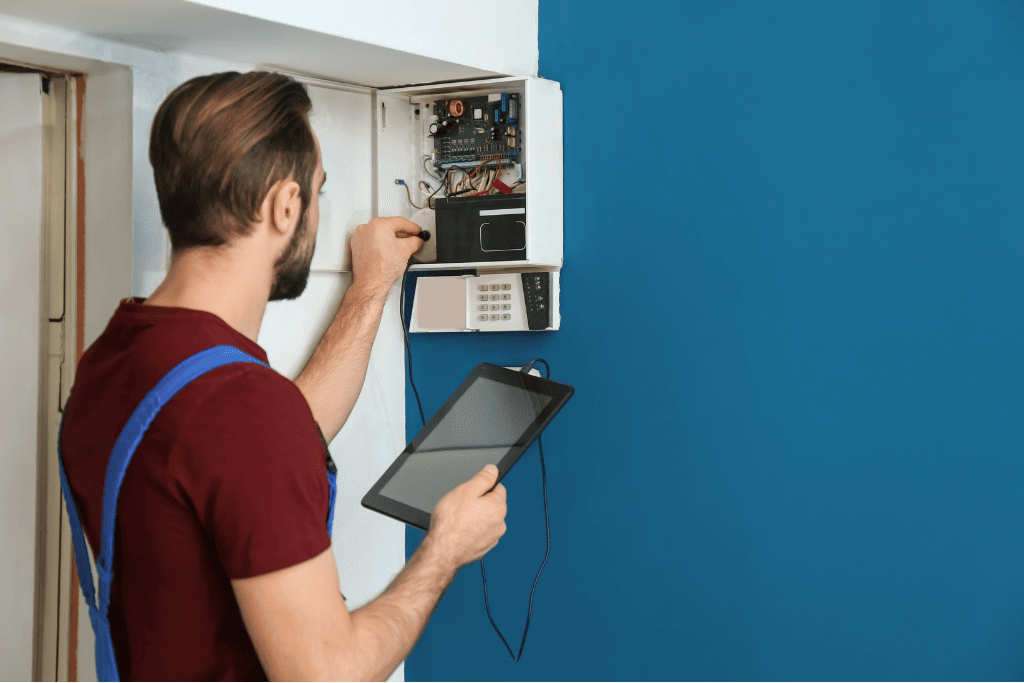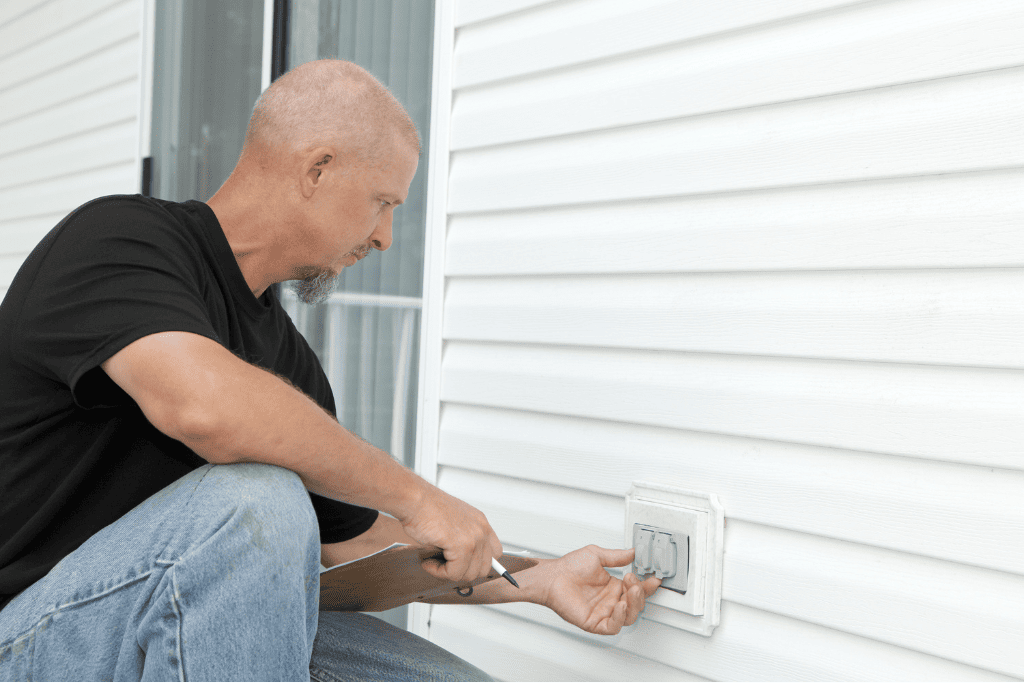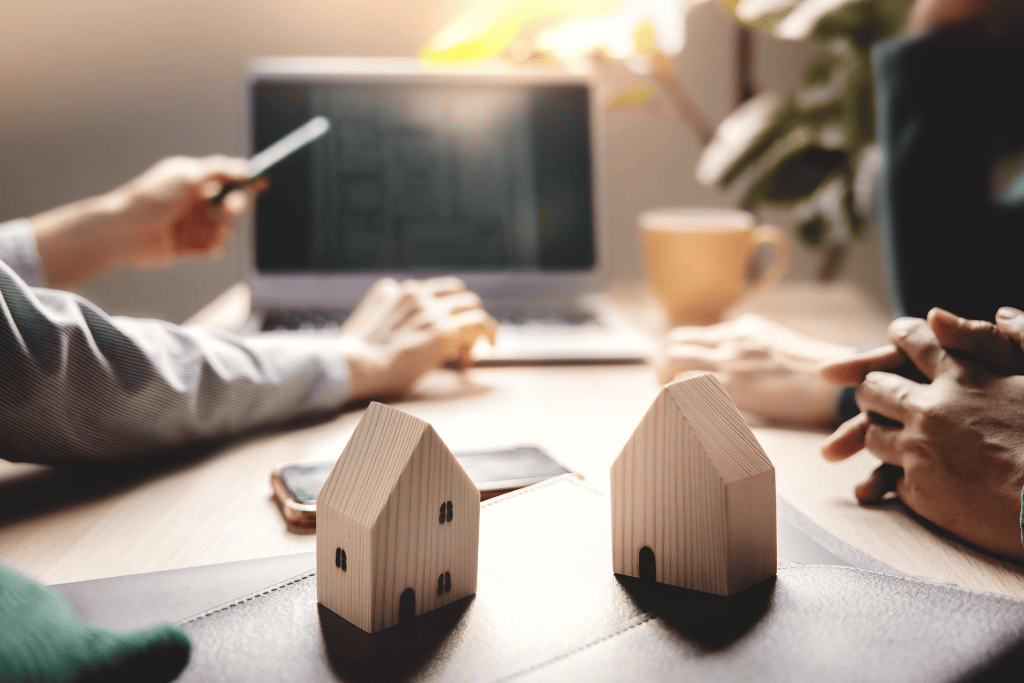Address
The Galleria 9626 N. Kings Hwy
Myrtle Beach, SC 29572
Buying a home is an exciting, albeit sometimes daunting, journey. Among the numerous steps involved, one crucial component is the home inspection. This step is vital, but often misunderstood by first-time buyers. In this post, we’ll delve into why home inspections are important and provide insight into what you should look out for.

The Importance of a Home Inspection
A home inspection is a comprehensive evaluation of the condition of a home, conducted by a qualified professional. While it might seem like an unnecessary expense, especially after just shelling out for a down payment, the value it offers is considerable. The primary purpose of a home inspection is to identify any potential issues, such as structural damage, faulty systems, or safety concerns.
By discovering these issues ahead of time, a buyer can avoid purchasing a property that might need extensive (and expensive) repairs down the line. The inspection can also provide a valuable bargaining chip when negotiating the final purchase price. If the inspector finds any issues, buyers may be able to request that the seller either fix these problems before closing or reduce the asking price to accommodate the cost of repairs.

What to Look for During a Home Inspection
While your home inspector will conduct a thorough evaluation, as a buyer, it’s beneficial to have an idea of what they’re looking for. Some key areas that inspectors usually focus on include:
- Structural Elements: This includes walls, ceilings, floors, the roof, and foundation. They’re checking for things like cracks in the walls or a sagging roof that could signal significant issues.
- Systems and Components: Heating and cooling systems, plumbing, and electrical systems fall under this category. The inspector will check if these are in good working order.
- Exterior Evaluation: This includes landscaping, exterior walls, garage, driveways, and sidewalks. They’ll look for poor drainage, cracked exterior walls, and other outside-related issues.
- Roof and Attic: Checking the roof and attic mainly involves looking at the insulation, ventilation, and, of course, leaks.
- Interior Plumbing and Electrical Systems: Here, they’ll check if there’s sufficient water pressure, look for dripping faucets, test the electrical outlets, and so forth.
- Doors and Windows: Inspectors will check if doors and windows open and close properly, among other things.

Making the Most of a Home Inspection
When your potential future home is being inspected, try to be present. This gives you a chance to ask questions on the spot and get a firsthand explanation of any issues. Remember, the home inspector is there as an impartial observer. They won’t tell you whether to buy the house or not, but they will give you a detailed report of their findings, which can then inform your decision.
Don’t be alarmed if the inspection report includes several issues. Almost every inspection uncovers some problems, even with new construction. The key is determining which issues are significant enough to affect your decision to purchase the home or renegotiate the purchase price.
In conclusion, a home inspection is an integral part of the home-buying process. It gives buyers peace of mind, knowing they’re making a well-informed investment. So, while the journey to homeownership might seem long and arduous, remember that each step is crucial in ensuring that you find the perfect home that’s not just aesthetically pleasing, but safe, sound, and worth your investment. If you are interested in starting or upgrading your real estate license, visit our website to view upcoming courses!



